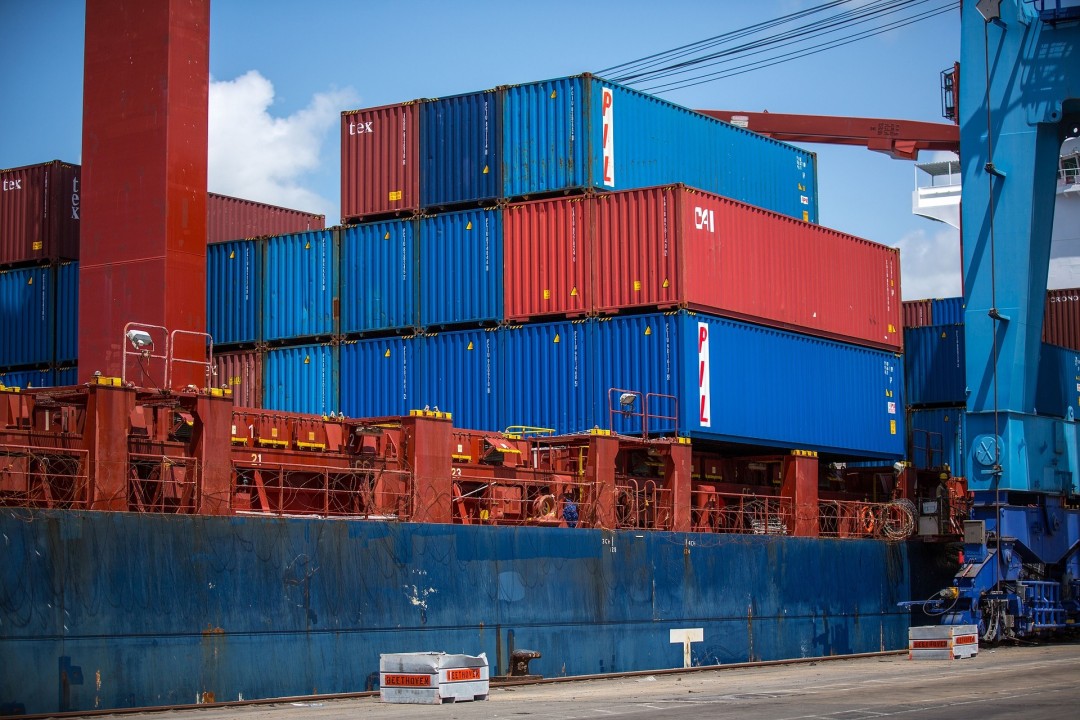
A signed trade deal between the US and China has finally been signed. How much does this settle down the relationship and what will continue to cause problems? Given that in the same week as the deal was signed, the US government confirmed their new tough restrictions on allowing Chinese investment at any level into technology and many other sectors deemed sensitive in the US, clearly not all is well.
For companies manufacturing in China, we have the benefit of certainty of what tariff levels we need to deal with. If exports are in the 7.5% tariff category that’s low enough that we might just keep manufacturing in China. For multinationals with sophisticated supply chains and factories all around the world, their executives simply put the tariff costs into their models and determine whether Mexico, Turkey, Vietnam or China is now the best place to produce products for China. The losers in all this are smaller companies that perhaps only had 1 factory in China and who sold most of their output in the US. Shifting production is enormously disruptive and they may not even have the skills to do so. With clarity on tariffs, expect an uptick in investment in factories in China as companies move ahead with investments that had been on hold.
China has agreed to purchase US$200bn over a 2017 base line from the US. How hard will that be and who wins and loses?
· Manufactured goods: Provided Boeing is able to get the 737Max recertified in China sometime in the next 2 years, simply clearing the backlog on these planes ordered by China will generate many billions of incremental sales. Certainly, China will be willing to buy more technology products such as semiconductors from the US – but there may be friction on this if the US restricts the ability of Chinese companies to buy these products. China can buy more oil from the US, if the US actually has the capacity in its ports to enable this. China has a surplus of refining capacity and could import US oil to fill these refineries who will simply turnaround their output and export it. Winners – Chinese refineries, losers – refineries elsewhere in Asia. Automotive exports from the US to China are modest and not likely to grow much. Chinese consumers aren’t very interested in US style pick-up trucks. GM makes China specific cars in China; Tesla manufactures in China. The largest exporter of auto from the US to China is probably Mercedes.
· Agricultural products. Probably the most important category for the Trump administration to see progress on in 2020. Soya beans and other cereals, beef and pork, premium fruit and vegetables. Winners US agricultural producers, losers South American producers and possibly Chinese consumers who may end up paying higher prices if US goods are not cost competitive in global markets.
· Services. Again, there could be much friction here. China could say: “We are encouraging more Chinese tourists to visit the US and students to study in the US, but you, the US, won’t give them visas”. Chinese companies will be very willing to license US technologies, brands and other IP, but will CFIUS allow them to do so?
So yes, there is a path to achieving the $200B – but it requires constructive engagement from the US, as much as from China.
China also agreed to accelerate opening up financial services and other sectors to US companies, with faster issuance of licenses to operate. China made clear today that this opening is to companies of any nationality, not just American. Many of the announced moves on IP protection and technology transfer were contained in the new Foreign Investment Law which went into effect a few weeks ago.
The trade deal does nothing to address the growing separation in many areas that both governments seem to be pushing for. In brief, restrictions on Chinese investments in US technology startups, in financial services, in any business that capture personally identifiable information will all be harder. Exports of technology products and IP from the US to China will be harder and China will continue to seek to become more self-sufficient. Market access in the US for Chinese technology companies will diminish further. China’s “secure and control” policy domestically will likewise reserve more of its technology market for Chinese companies. Chinese researchers will find it harder to obtain and retain positions at US universities or even in leading US tech companies. Chinese and US versions of product standards will emerge. The Chinese and US internets will continue to diverge and may eventually even lose interconnectivity. The threat to delist Chinese businesses currently trading on US stock exchanges remains real.
The trade deal does remove some uncertainties, allowing companies to move forward with their investment plans for manufacturing. It will lead to greater purchases by China from the US, but not without creating significant frictions. And it does nothing to shift the direction of travel towards separation on flows of capital, of talent, of IP and of technology based goods
Share this post via:





The Intel Common Platform Foundry Alliance